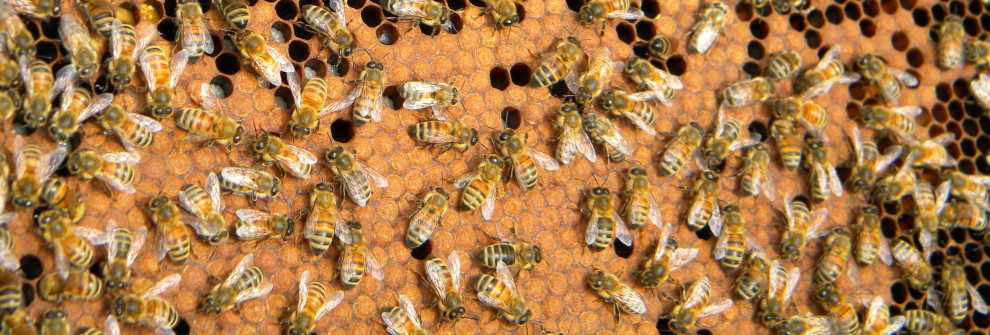I want to clarify, because the required options didn’t quite fit. My queen/hive was brought to me by a mentor, and I don’t actually know where it originated. Because it was brought (caught?) late in the season, about May, we decided not to bother the bees much. They filled one Warre box with comb before the cold weather set in, so I removed the second empty box. We also gave them a couple of sugar-water feedings due to the drought and early expiration of blooming flowers in the neighborhood. By spring we discovered no living bees in the hive. Lots of honey stores, almost no brood, and the few dead bees clustered together (to keep warm?). My mentor inspected, and we posted photos on the PUB page that were reviewed by several experienced beekeepers. The consensus was that the hive failed because of a combination of late-season transfer and varroa. As a result I currently have no active hive.
RESPONSE: A Warré hive is not meant for extensive manipulation. We expect heavier losses of Warré hives when we keep our American mutt (Italian) bees in them.. SO in the survey you could leave the origination blank (since you did not know where your mentor got it originally) but indicated 1 Warré hive lost over winter. Under the feeding questions you would click on sugar water. When we do the forensics on a dead hive, we might eliminate some possibilities but still have more than one probable winter loss option – the suggestions of late season transfer and varroa are good guesses. You would check varroa or under option, list the two possibilities on that line.
